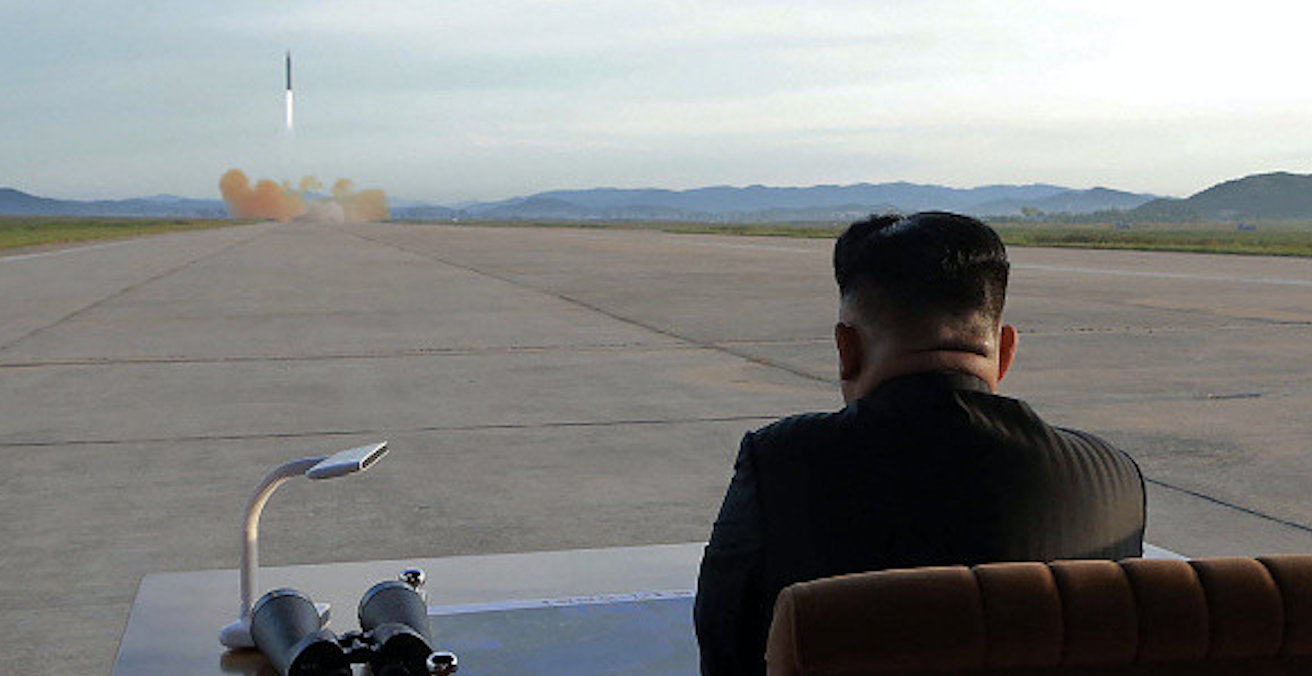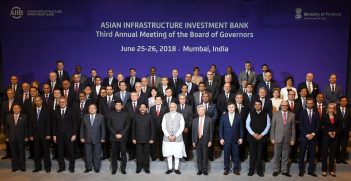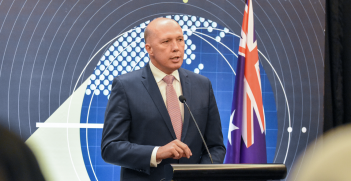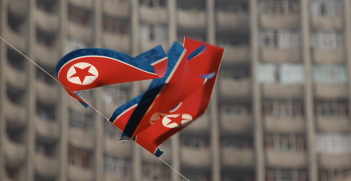Trump-Kim Summit II: Setting Realistic Expectations

At the second summit between President Trump and Kim Jong Un, transformational goals such as the denuclearisation of the Korean Peninsula will remain out of reach. The United States should limit its expectations and aim for transactional objectives like codifying North Korea’s moratorium on nuclear and missile testing.
As President Donald Trump prepares to meet North Korean leader Kim Jong Un in Hanoi on 27-28 February, the administration’s strategy toward North Korea, which it has designated as a “rogue” state, is at an impasse. After the first summit in Singapore with Kim in June 2018, President Trump prematurely tweeted that “there is no longer a Nuclear Threat from North Korea.” But with the Kim regime balking at its vague commitment to denuclearisation, the second summit will aim to put things back on track.
The impasse reflects a persisting tension in US policy – whether the objective toward “rogue” states should be behaviour change or regime change. Should nuclear diplomacy be transactional, focused narrowly on the discrete nuclear challenge, or transformational, comprehensively addressing these regimes’ objectionable behaviour?
Rhetorically, with North Korea (as well as the other “rogue”—Iran), the Trump administration aspires for the transformational. A senior State Department official asserted, “We are trying simultaneously to pressure and to negotiate comprehensive solutions with two rogue regimes at the same time. But this very ambitiousness is a strength, not a weakness.”
For North Korea, nuclear diplomacy is a proxy for the more fundamental question of the Kim regime’s relationship with the outside world. Here, Pyongyang faces a double dilemma. The US demand for full denuclearisation would deny North Korea capabilities needed to deter what the Kim regime has long perceived as an existential external threat. At the same time, the US offer of integrating autarkic North Korea into the global economy if it denuclearises carries the regime-changing risk of political contagion.
When President Trump was inaugurated in 2017, North Korea was on the verge of a strategic breakout – both quantitatively (by ramping up its warhead numbers) and qualitatively (through mastery of warhead miniaturisation and long-range ballistic missiles) – that directly threatened the US homeland. North Korea crossed the nuclear weapons threshold in 2006 and posed a direct threat to South Korea and Japan. The new factor, which precipitated the current crisis with North Korea, is US vulnerability to nuclear attack. President Trump tweeted, “It won’t happen,” signalling that the United States would not permit North Korea to acquire weapons that could reach across the Pacific.
In 2017, the crisis with North Korea sharply escalated. The escalation was rhetorical, as Trump characterised Kim as a “madman” and North Korean state media called the US president a “dotard.” The other driver escalating the crisis was the accelerated tempo of North Korean testing in 2017 – 23 ballistic missile launches and a high-yield nuclear detonation, which Pyongyang claimed was a hydrogen bomb – to which Trump responded with a threat of “fire and fury.”
The surprise Singapore summit in June 2018 changed the psychology of the nuclear crisis with North Korea. The initiation of a diplomatic track pushed off consideration of a US military option. Though Kim pledged his commitment to “denuclearisation” of the Korean peninsula, North Korea and the United States have very different definitions of what that means.
For Pyongyang, denuclearisation would essentially require the end of the US nuclear umbrella for South Korea and Japan, as well as the end of the bilateral security agreement between Washington and Seoul.
For Washington, it entails the transformational goal of “CVID—complete, verifiable, irreversible denuclearisation,” or what National Security Adviser John Bolton described as the “Libya model.” That was a reference to 2003 when Qaddafi agreed to completely dismantle its nuclear infrastructure under US supervision.
But after the US-led wars of regime change in Iraq in 2003 and Libya in 2011, zero nuclear warheads will simply not be on the table as long as the Kim family rules in Pyongyang. As CIA Director Gina Haspel has observed, North Korea values its nuclear deterrent “as essential to … regime survival.” In addition to its deterrent function, the nuclear program is the North’s sole bargaining chip – an asset to monetise through negotiations with the United States and South Korea.
In his 2019 New Year’s address, Kim warned that North Korea would seek “new ways” to protect its interests if the United States continued “sanctions and pressures” to impose its conception of denuclearisation on the North.
The impasse with North Korea creates an occasion for the Trump administration to consider a pivot from a transformational strategy to a transactional one. The current transformational approach relies on maximalist goals that cannot be attained short of regime change; more plausible is a transactional strategy with discrete, limited objectives. This would decouple the urgent nuclear challenge from the indeterminate question of regime change.
With North Korea, when zero warheads is not on the table, a transactional agreement limiting the North’s nuclear arsenal is better than an unbound program. The near-term US diplomatic objective should be to prevent North Korea’s quantitative and qualitative breakout by codifying North Korea’s current moratorium on nuclear and missile testing. Such a freeze would preclude the additional testing North Korea needs to master the complex integrated technologies to target the US homeland.
While Kim has claimed that North Korea has stopped the production of nuclear weapons, a key goal of transactional diplomacy would be more fundamental – the verified cessation of the production of weapons-usable fissile materials. The price for these steps would be some partial US sanctions relief. The US narrative would be that a freeze agreement is an incremental step toward the long-term goal of denuclearisation. But such a freeze would complicate US alliance relationships as South Korea and Japan would continue to live under a North Korean nuclear shadow. Ironically, the model for a transactional agreement constraining, not eliminating, an adversary’s nuclear capabilities is the Iran nuclear deal, which President Trump has repeatedly called “the worst deal ever.” Such a nuclear agreement is the best plausible outcome of the second Trump-Kim summit.
Dr Robert S Litwak is senior vice president of the Wilson Center in Washington, DC. He served on the National Security Council staff as director for nonproliferation in the first Clinton administration and is the author of Preventing North Korea’s Nuclear Breakout.
This article is published under a Creative Commons License and may be republished with attribution.





